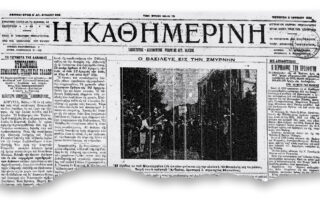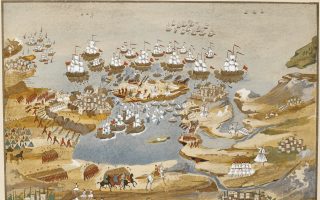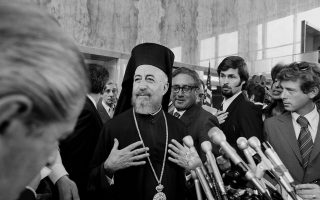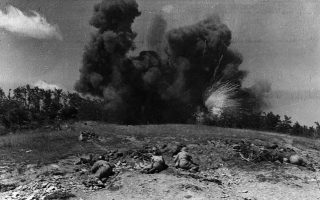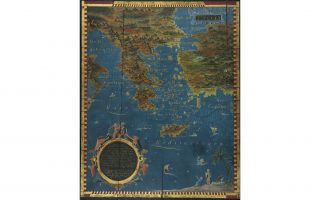Two Abdulhamids, one drillship
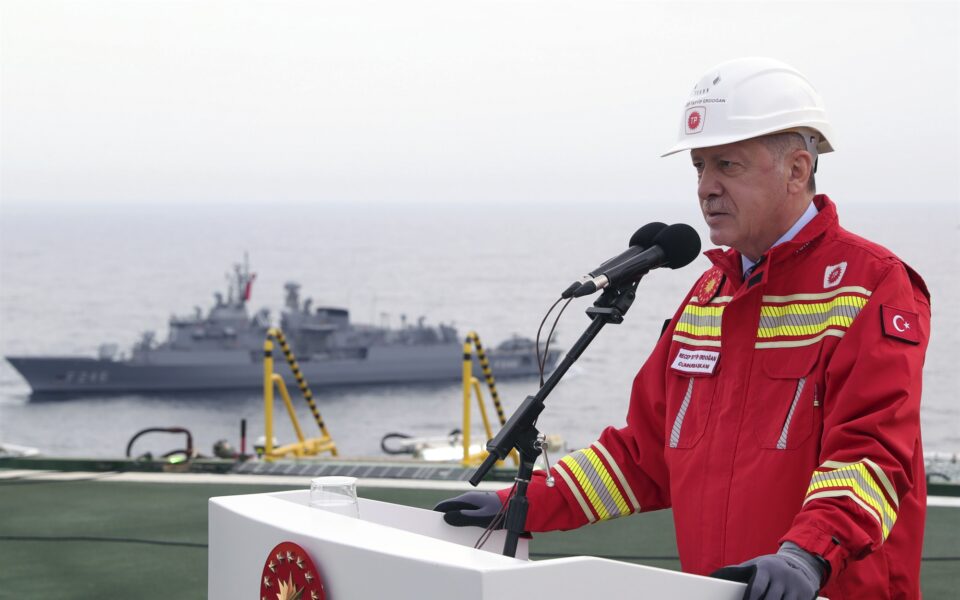
Abdulhamid I had a soft spot for calligraphy and a keen interest in history. His temper was remarkably mild, in a way that was incompatible with the environment. He emerged sober, holding no hard feelings, from the prolonged confinement imposed on him by his cousins and his beloved brother (in what was a customary habit at the time). As soon as he became Ottoman sultan, he took steps to bolster the education system and the credibility of the Janissaries, the elite corps that formed the sultan’s household troops. He also signed the 1774 Treaty of Kucuk Kaynarca, a humiliating pact that ended another Russo-Turkish war.
Under the treaty. Crimea, until then part of the Ottoman Empire, was ceded to Russia, which also obtained the right to free navigation both in the Black Sea and through the Bosporus. The Ottomans were forced to pay large war reparations to the czar. Surprisingly, Abdulhamid I died of natural causes.
Abdulhamid II was deposed as a result of the Young Turk Revolution that set the stage for Mustafa Kemal Ataturk
Abdulhamid II started out his rule with a vigorous reformist campaign, but his policy soon degenerated into slaughter; perhaps, an ultimate attempt to breathe life into the crumbling empire. He signed the Treaty of San Stefano between the Russian and Ottoman empires at the conclusion of the Russo-Turkish War of 1877-78. The peace settlement established the autonomous self-governing Principality of Bulgaria, it recognized the independence of Serbia, Montenegro and Romania. Austria-Hungary was given Bosnia and Herzegovina. The situation in the Balkans presaged that the end of “the sick man of Europe” was near. The treaty was a red rag for all other big powers, which saw a threat in the rise of Pan-Slavism and sought to keep Russia at bay. It was then that Czar Alexander II diplomatically said that a strong Greek state was not in the interest of Russia as it would constitute “an iron lever on the meridian gates of Russia.”
Abdulhamid II, his mental and physical power now in decline, was deposed as a result of the Young Turk Revolution that set the stage for Mustafa Kemal Ataturk. He was nevertheless fortunate to die with his head on his shoulders staring at the Bosporus. He earned the nickname Khan while he was still sultan, a legacy of the nomadic Turco-Mongol tribes of Central Asia. Most people would associate the name with the tales of conquest, destruction and bloodshed of Genghis Khan, who went on to establish a vast albeit short-lived empire stretching from the Pacific to Europe – on horseback. Naming Turkey’s new drillship Abdulhamid Han also marks a gesture of domestic revisionism, exempting the sultan of lifelong Kemalist tax.

